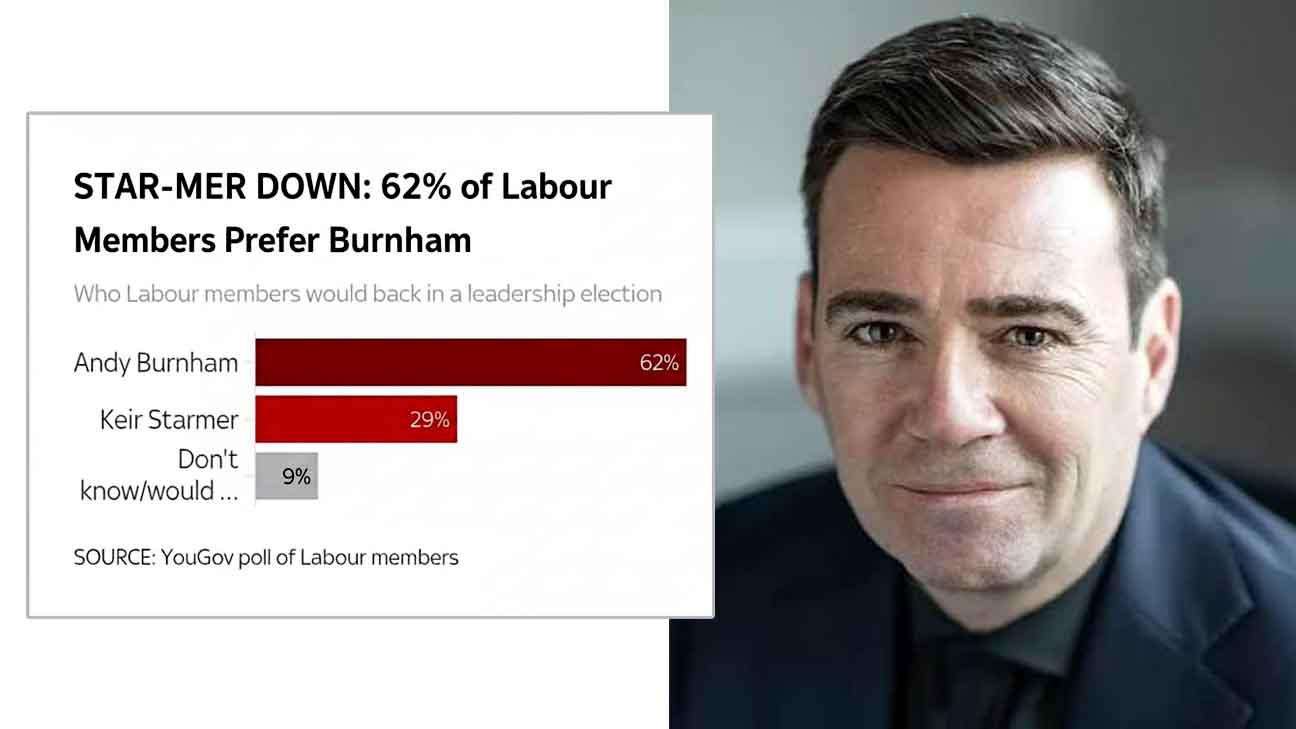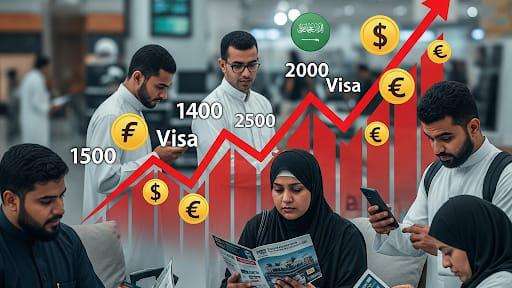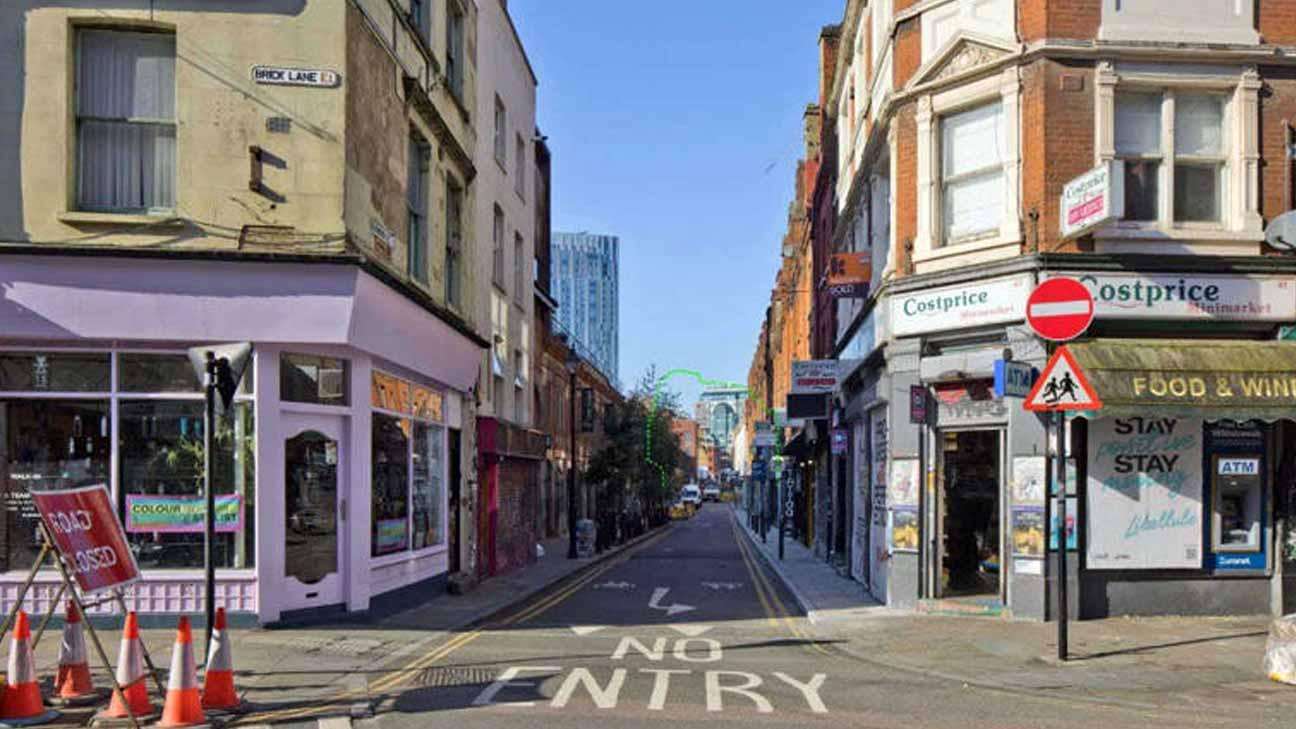The sacred journey of Umrah is undergoing a significant transformation, characterized by an unprecedented surge in pilgrim numbers and a fundamental shift in accommodation regulations. As Saudi Arabia celebrates a record-breaking 18.5 million pilgrims in 2024 – a staggering 101% increase from 2022 – a critical question weighs on the minds of prospective pilgrims: Are average Umrah costs escalating, and are pilgrims paying more for the same facilities?
Recent changes, particularly the new regulation effective June 10, 2025, mandate that all Umrah service providers secure accommodation exclusively in hotels licensed by the Saudi Ministry of Tourism and upload contracts to the Nusuk Masar platform. This aims to enhance safety and service quality, yet this shift, coupled with ever-increasing demand, is undeniably contributing to a rise in overall Umrah expenses.
Are Pilgrims Paying More for the Same Facilities?
In many cases, the answer appears to be yes. While the new regulations are designed to ensure quality accommodation and combat fraudulent bookings, they also streamline the market, potentially limiting cheaper, informal options. Factors contributing to increased costs for seemingly similar facilities include the sheer volume of pilgrims, as highlighted by the Doyof Al Rahman Programme's report, which naturally drives up prices for flights, hotels, and local services due to basic supply and demand economics. Global inflation impacts travel, accommodation, and food prices, and the Saudi government's application of Value Added Tax (VAT) on various services also adds to the overall cost for pilgrims. Hotels located closer to the Haram in Mecca and the Prophet's Mosque in Medina, highly sought after for convenience, command significantly higher premiums. Moreover, the integration of services and digital platforms like Nusuk, while improving efficiency and pilgrim experience, also represent investments that can be factored into package pricing. Finally, travel agencies offer a range of Umrah packages from budget-friendly to luxury; while basic packages aim for affordability, the demand for more comfortable and convenient options (e.g., closer hotels, direct flights, full board) naturally comes at a higher price point.
Therefore, while pilgrims might receive a more standardized and verified level of service due to the new regulations, the rising demand and associated operational costs mean that, for comparable levels of comfort and proximity, pilgrims are likely to be paying more than in previous years.
Which Month and Time of Year is Cheapest for Umrah?
For budget-conscious pilgrims, timing is crucial. Generally, the off-peak seasons offer the most affordable Umrah experiences. This includes Muharram and Safar (the months immediately following Hajj), as pilgrim numbers significantly decrease after the intense Hajj period, leading to lower prices for flights and accommodation. These months often present the most cost-effective opportunities. Sha'ban, the month preceding Ramadan, is also generally less expensive than Ramadan itself. Certain periods in the Gregorian calendar, such as mid-May to early August (due to summer heat) and mid-January to early March (after the Christmas/New Year holidays and before Easter), can also offer more economical options. Regardless of the month, booking your Umrah package several months in advance can often secure better prices, especially for flights and popular accommodations.
Which Month is Most Easy and Not Too Busy?
If ease of movement and a less crowded experience are priorities, consider Muharram and Safar. As mentioned for cost, these months also see fewer crowds, allowing for a more serene and peaceful pilgrimage. Opting to perform Umrah during the week rather than on weekends can also help avoid peak local crowds. Pilgrims should also steer clear of school holidays (e.g., Easter, Christmas, summer breaks) and the holy month of Ramadan, which are consistently the busiest times.
Updated Information for Pilgrims
The Saudi Arabian government, under its ambitious Vision 2030, is making significant strides in enhancing the pilgrim journey. A remarkable 18.5 million pilgrims performed Hajj and Umrah in 2024, with 16.92 million specifically for Umrah, demonstrating the Kingdom's dedication to becoming a premier religious tourism hub.
The Doyof Al Rahman Programme has been instrumental in integrating services and simplifying procedures. The Nusuk platform is now a vital tool, offering over 100 services and becoming a cornerstone of the pilgrim experience. Pilgrims are strongly advised to utilize this platform for visa applications, accommodation bookings, and other essential services. A critical new accommodation rule, effective June 10, 2025, requires all Umrah service providers to book accommodation exclusively in Ministry of Tourism licensed hotels, and these contracts must be uploaded to the Nusuk Masar platform before a visa can be issued. This aims to prevent fake bookings and ensure quality.
The Umrah season calendar for 2025-2026 indicates that international pilgrims are allowed to begin Umrah from June 11, 2025 (15 Dhul Hijjah 1446), with visa issuance commencing on June 10, 2025 (14 Dhul Hijjah 1446). The last date to issue Umrah visas is March 20, 2026 (1 Shawwal 1447), and pilgrims must arrive in Saudi Arabia by April 3, 2026 (15 Shawwal 1447). All international pilgrims are required to leave by April 18, 2026 (1 Dhul Qadah 1447).
Other initiatives enhancing the pilgrim experience include the Mecca Route Initiative, which has benefited over 940,000 travelers by streamlining entry procedures at their departure airports, and Enaya Care Centres, which provided services to nearly 3 million individuals in 2024. Volunteerism has also seen a significant boost, with over 153,000 volunteers supporting pilgrims in 2024. For cultural enrichment, 15 historic sites related to the Prophet Muhammad's (PBUH) life in Mecca and Medina have been reopened, and visits to Al Rawdah Al Sharif at the Prophet's Mosque have seen a massive surge in visitors and satisfaction.
Pilgrims should also be aware of the distinction between Umrah visas and tourist visas, especially for certain nationalities. From April 2025, some nationalities (e.g., French, European, American passport holders) may be issued tourist visas instead of specific Umrah visas, offering more flexibility but with different conditions. Always verify the latest visa requirements. Finally, with increased demand and new regulations, planning and booking your Umrah trip well in advance through authorized and compliant agents is more critical than ever to ensure a smooth, affordable, and fulfilling pilgrimage.
The journey for Umrah pilgrims is evolving rapidly. While costs may be on an upward trajectory, the Kingdom's commitment to enhancing the spiritual experience through improved services, infrastructure, and digital solutions promises a more organized and enriching pilgrimage for millions worldwide.








.svg)


